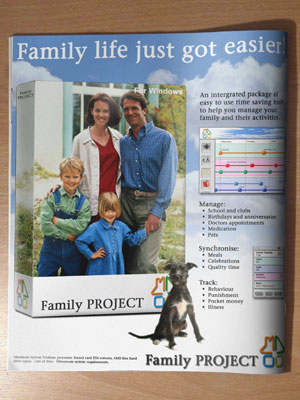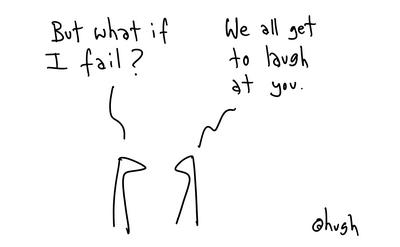 I’m working with the folks at our local HPC consortium, SHARCNET on imagining how we could visualize texts with high resolution displays, 3D displays, and cluster computing. The project, temporarily called The Big See has generated an interested beta version. You can see a video on the process running and images from the final visualization here, Version Beta 2.
I’m working with the folks at our local HPC consortium, SHARCNET on imagining how we could visualize texts with high resolution displays, 3D displays, and cluster computing. The project, temporarily called The Big See has generated an interested beta version. You can see a video on the process running and images from the final visualization here, Version Beta 2.
One of the unanticipated insights from this project is that the process of building the 3D model, which I will call the *animation*, is as interesting as the final visual model. From the very first version you could see the text flowing up and the high frequency words jostling each other for position. Words would start high and then slide clockwise around. Collocations build up as it goes. We don’t have the animation right, but I think we are on to something. You can see Version B2 as an MP4 animation here.
Now we will start playing with the parameters – colours, transparency, and weight of lines.


 Carnegie Mellon is going global with their
Carnegie Mellon is going global with their 


